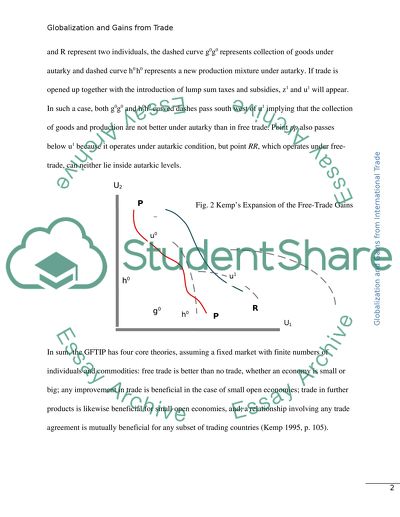Cite this document
(“Globalization and the gains from international trade Essay - 1”, n.d.)
Retrieved from https://studentshare.org/environmental-studies/1422373-globalization-and-the-gains-from-international
Retrieved from https://studentshare.org/environmental-studies/1422373-globalization-and-the-gains-from-international
(Globalization and the Gains from International Trade Essay - 1)
https://studentshare.org/environmental-studies/1422373-globalization-and-the-gains-from-international.
https://studentshare.org/environmental-studies/1422373-globalization-and-the-gains-from-international.
“Globalization and the Gains from International Trade Essay - 1”, n.d. https://studentshare.org/environmental-studies/1422373-globalization-and-the-gains-from-international.


